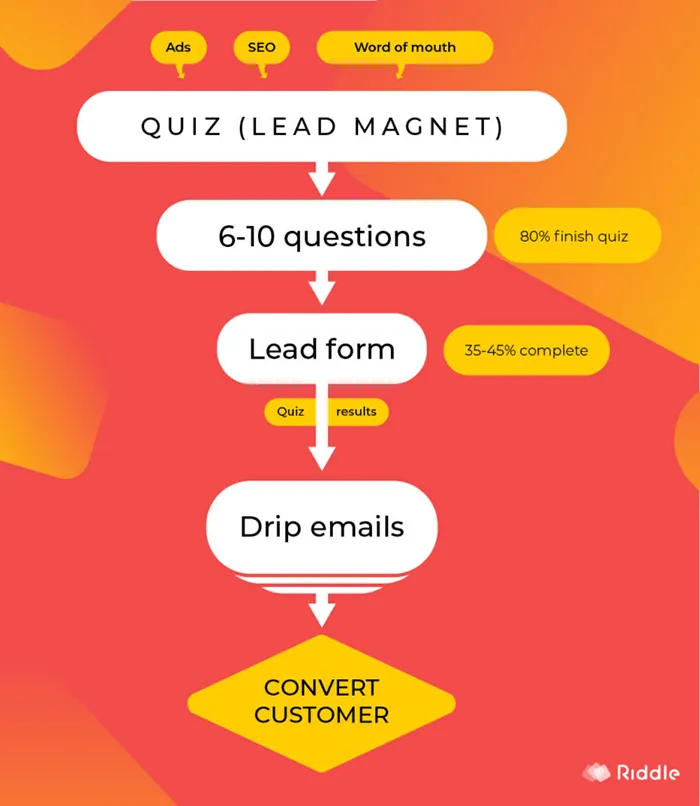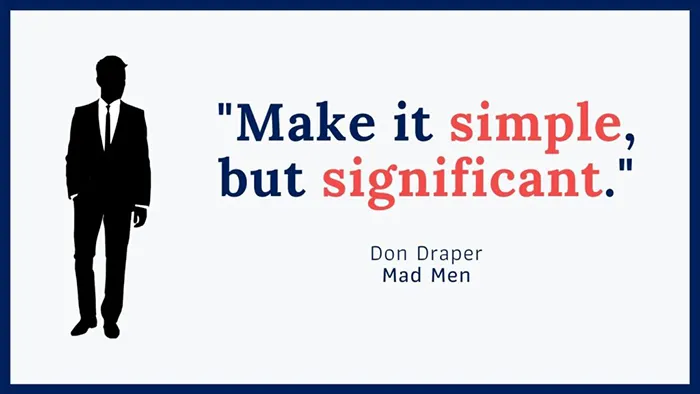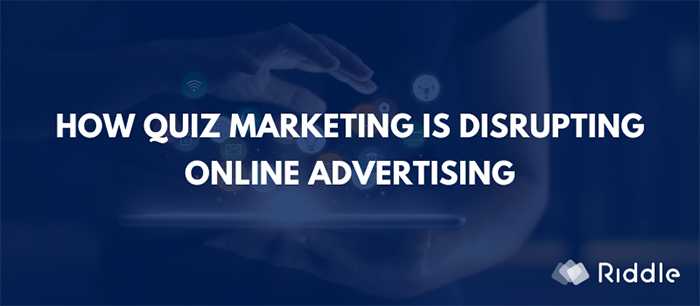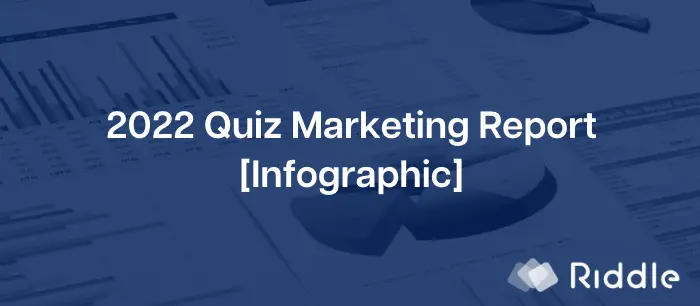Advertising has come a long way from Mad Men executives and glossy billboards. In the digital age, online advertising is king – and it’s become much sneakier. What were once aggressive pop-ups with flashing lights are now ultra-subtle messages and trackers, carefully placed among social media feeds and hidden beside blog posts.
Every company’s marketing strategy incorporates online advertising in some way – it’s essential to how brands shape their reputation, distinguish themselves among markets, and reach and convert consumers. Naturally, as trends have shifted and customer behaviors have changed, advertising has had to adapt. This is especially true now – people are much savvier to advertising efforts and privacy concerns.
In order to be successful in this fast-paced, ever-evolving world of online advertising, it’s useful to understand how it has transformed over time. Let’s take a quick look at how the digital ads industry has constantly responded and evolved in the face of public pressure.
Early beginnings of digital marketing
The first digital ad appeared on the internet in 1994 when HotWired began selling space on its website for banner ads. The opportunity for brand exposure was seized by AT&T, which paid $30,000 to place an ad for three months – seeing a click-through rate of 44 percent. That’s over 73,300 percent better than today’s average click-through rate of just 0.06 percent.
You can see this rather obnoxious banner in all its glory below:

Online Marketing today
Fast-forward to today, where the online advertising industry was estimated to be worth $333.25 billion annually. A key reason why digital ads grew so significantly was that, early on, companies realized that this marketing technique could be easily customized towards specific user groups. Moreover, it could reveal insights about user behavior and generate data that helps businesses better understand their audiences.
As the industry began to gain momentum, data tools emerged offering the option to analyze and optimize ad campaigns, meaning ads entered a new territory of more complex ROI models.
Now, amid the COVID-19 pandemic and mass remote workforces, online marketing is shifting from ‘shouting’ at customers with ever-more intrusive banners, to getting them to voluntarily interact with native content.
With this relationship, both sides get something – companies earn valuable data, and customers receive validation via things like quiz results, white papers or product recommendations. This type of honest, direct value exchange is the only real way to drive long-term marketing efforts, especially as mistrust around digital ads has grown over the years.
Online advertising: from desktop to mobile
In the mid-2000s, the rise of social media and Mobile Advertiser ID (MAID) meant companies could identify and follow persistent customer identities, syncing their browsing behavior on both desktop and mobile, as well as their offline activity through device location.
In the shift, Facebook was one of the first to experiment with how to present ads to users. Rather than overwhelm people with repetitive ads, it chose to run fewer, unobtrusive ads that integrated into news feeds, making them seem a natural part of a user’s updates.
Following suit, YouTube, Twitter, and Instagram all later launched their own online advertising capabilities.
By 2017 – when half of all internet traffic was accessed from mobile – Google changed its search algorithm to prioritize mobile-friendly websites over sites that are not optimized for mobile. The change meant that a large majority of companies modified their ads strategy to weigh in favor of mobile ads and the ‘native’ approach that engrained ads within the user experience.
By 2017 – when half of all internet traffic was accessed from mobile – Google changed its search algorithm to prioritize mobile-friendly websites over sites that are not optimized for mobile. The change meant that a large majority of companies modified their ads strategy to weigh in favor of mobile ads and the ‘native’ approach that engrained ads within the user experience.
Ironically, a recent study found that 91 percent of respondents believe online advertising is actually more intrusive today, compared to just two or three years ago. Moving forward, marketers can take the concept of user-first marketing and extend it in new and creative ways – for example, contests, webinars, and other genuinely natural interactions.
That’s not to say that modern-day marketing means turning away from online ads, but rather that companies are clear about what and why they’re collecting personal information – and how that process benefits the user. Whether on mobile, desktop, or another medium, if your ad opt-in notice is a page of dense legal jargon, you’re not on the right track.
User’s rising concerns about privacy
Due to social media ads’ highly targeted nature, data scraping and online social tracking have become ways for businesses to collect more in-depth insights with online advertising. Social media sites might warn users that they will have access to user data, but they don’t always receive confirmation that it won’t be sold to third parties. Marketing data company Acxiom, for example, has accumulated 10,000 attributes for an astounding 2.5 billion consumers – using tactics like this.
Change has begun – and is only accelerating:
- TikTok launched a setting called “personalized ads” where users could block the app from using personal information to show targeted ads.
- Instagram also allows users to opt out of targeted ads.
- Apple’s recent iOS update (14.5) blocks ad tracking by default – user have to opt-in to being tracked (<6% of US users agree, <15% worldwide).
- Google is now hiding the device ID for users who opt-out of tracking – making harder for advertisers to collect data.
In response to increasing opt-out privacy controls, companies have to find new ways to understand and meet customer needs, without having access to their online behavior. The key to ethical marketing is to getting voluntary consent from a user vs. tracking users without their knowledge.
How quizzes help you with privacy-focused marketing
Online quizzes and interactive content are a savvy alternative because they allow marketers to collect more ‘real’ data about user preferences and personalities through their quiz responses and lead form data. Not only is this data more telling than an IP address and general demographic details, it’s also garnered in an ethical, transparent manner.
Opt-in marketing: A quiz-based future for online advertising
Online advertising is set to become a consumer-led movement. As consumers are ever-more privacy-conscious, companies will need to move to new, transparent modes of promoting their products. But the need for in-depth tracking to build audience data profiles won’t go away – they’ll just become far consumer-empowering and transparent.
Online advertising – quizzes collect data, but users are in control For instance, quizzes and interactive content in online advertising – and marketing as a whole – have been growing in popularity. Quizzes turn the online advertising proposition on its head.
- Compared to brands’ typical ‘shout as loud as possible’ approach, quizzes are entirely user-driven and directed.
- People take them to learn something about themselves or a topic, and they choose to because they provide value.
- And, best of all, quizzes allow them to submit information voluntarily.
This technique isn’t disruptive to the user experience and is more effective than traditional ads because it establishes a question-and-answer dialogue.
Why? Quizzes prompt a sense of curiosity in consumers – they are rewarded by:
- Testing their knowledge (‘How much do you really know about investing?’)
- Discovering what product they should buy (‘What electric car is right for you?’)
- Or even which category they best fit (e.g. ‘you’re a savvy saver!’)
Quiz marketing funnels – good for customers, great for companies
Everyone wins in this new form of online advertising. Companies get a stream of voluntarily-given data about how customers view themselves – for lead generation, custom offers, and more. Plus, it will high quality data – customers have a powerful incentive to be honest; they want their quiz results to be accurate, right?
With quizzes, you’ll get ethically sourced, voluntarily given data – that’s much more qualitative than quantitative. Quizzes can show why people choose to act, beyond merely analyzing a consumer’s number of clicks or knowing their IP address. You can see how this sort of quiz-powered marketing funnel works in this infographic:

Freely-given accurate and personal data is a powerful alternative for an online advertising industry that’s reeling from privacy regulations and rising consumer distrust.
Expect to see advertisers move from hoovering up data from an unwilling public, and embrace consumer-led marketing channels like online quizzes in the future.
Mad Men’s Don Draper summed it up best: when facing change, “Make it simple, but significant.”

Additional resources about quiz-powered online advertising:
Our team at Riddle has put together hundreds of blog posts around quiz marketing. Here are our top 3 to help you get started:
- How to make an online quiz
- How to create an online personality quiz
- Setting up your quiz-powered marketing funnel
And if you continue to have questions, just let us know at hello@riddle.com or via support chat. We’re happy to help with any quiz-related questions!



